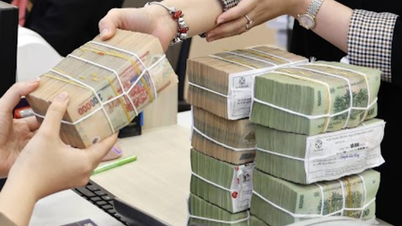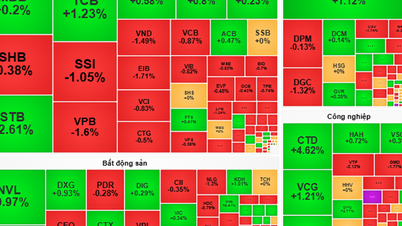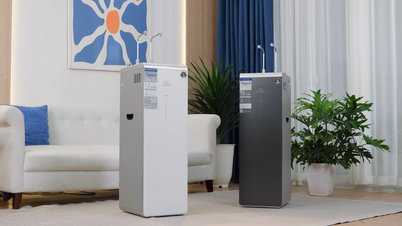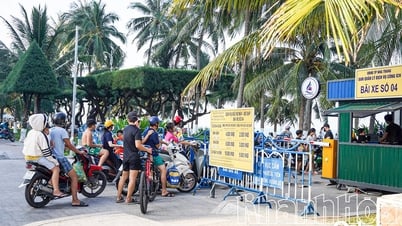According to current regulations, checking bank accounts of business households and individuals is not done on a mass basis but is based on specific business operations and risk classification processes.
Pursuant to Article 15 of Circular 31/2021/TT-BTC of the Ministry of Finance , tax authorities will classify business households and individuals according to risk levels to apply appropriate management measures. Checking and reviewing bank accounts is usually only carried out in cases classified as high-risk, with signs of suspicion about the honesty in revenue declaration and tax obligations.
Specifically, Circular 31 clearly states 3 levels of risk in tax management for business households:

Illustration
The highest level is high risk, the tax authority can apply one or more measures such as inspection, survey, information verification as a basis to re-determine the revenue and tax rate of the business household. When there are signs of tax evasion, dishonest declaration or suspicious transactions, the tax authority has the right to access bank account information through coordination with credit institutions.
Medium risk cases may be randomly selected for inclusion in the revenue survey list and continued to be monitored and reclassified in the next assessment period.
Low-risk cases will not be subject to in-depth inspection, the tax authority will only keep the records and continue to classify in the next cycle.
In addition, Clause 2, Article 4 of Circular 31 stipulates that information for risk management is collected from both inside and outside the tax sector, including data from banks, other State agencies or even from foreign sources according to legal regulations.
This data is centrally managed at the Tax Department and shared with tax authorities at all levels through the information technology system.
Thus, checking bank accounts should not be done en masse but must have a clear business basis.
When taxpayers are classified as high risk, have signs of under-declaring revenue, tax evasion, or have unusual transactions, tax authorities can access bank account information through coordination with credit institutions.
In special cases, such as real estate transfers, receiving rental income, online sales, if there is a difference between the actual transaction amount and the tax declaration amount, the bank account may be checked to verify the source of income and tax basis.
Source: https://vtcnews.vn/co-quan-thue-co-duoc-kiem-tra-tai-khoan-ngan-hang-cua-ho-kinh-doanh-ar949489.html


































































































Comment (0)